Having witnessed the bloom of an exciting new voice in genre filmmaking, I was thrilled to chat with “The Seeding” director Barnaby Clay.
Premiering at the 2023 Tribeca Film Festival, The Seeding is the first narrative feature film from Barnaby Clay, a London International Film School grad who has honed his talent and keen visual eye directing music videos for bands like John Spencer Blues Explosion, TV on the Radio, Gnarls Barkley, the Yeah Yeah Yeahs, and Dave Gahan.
He’s an accomplished documentarian (Shot! The Psycho-Spiritual Mantra of Rock) and an award-winning filmmaker of short films, including the critically-hailed fantasy horror short Finkle’s Odyssey and the narrative short film for Ritz Fine Jewellery titled Carousel, starring Chloe Sevigny.
In The Seeding, releasing this Friday, January 26th, a hiker lost in the desert takes refuge with a woman living alone and slowly uncovers secrets about life in the desert. The film stars Scott Haze (VENOM, JURASSIC WORLD DOMINION) and Kate Lyn Sheil (YOU’RE NEXT, V/H/S).
I absolutely loved The Seeding (full review coming shortly), and I jumped at the chance to talk to Clay about his inspirations and the process behind making such an extraordinary film.
…
Morbidly Beautiful: Right off the top, I want to say I loved the movie so much. I feel like I’ve always been wanting that perfect desert horror film, so this was it for me.
Barnaby Clay: Oh good! That’s great. Thank you. That’s really nice.
MB: In your director’s statement, you said this film was partially inspired by a desert walk you took with your wife when she was pregnant. Did something in particular about the desert appeal to you?
BC: You just have to be there for five minutes, and you feel the vulnerability of being up against nature, you know? If someone dropped you off in the middle of the desert and just drove away, you’re immediately like, “Oh my God.” It can be scary; it’s overwhelming. It’s so vast. And it’s so hot during the day and then so cold at night. It’s filled with bugs and reptiles and all sorts of nature.
As a contemporary urban dweller, it can be a little scary, basically, and I love that; I love that feeling.
Personally, I love the desert. I got married in the desert. I go there often. I just love the expanse as well. Visually, it feels like nowhere else, and I grew up in London, so it’s so far away from that. I’ve always been drawn to it. But certainly, for horror, the vulnerability is just there the moment you’re there.
MB: I love that idea, and I think it matches so well with the themes of the film. Are there any other desert movies or desert horror films that sort of informed your thinking or really appealed to you throughout your life?
BC: Yeah, actually, there were a number of Australian movies from the seventies. Nicolas Roeg’s Walkabout, Peter Weir’s Picnic at Hanging Rock, and Ted Kotcheff’s Wake in Fright. There was something about those films – they’ve always stuck with me.
Walkabout I saw when I was really young because every kid my age – boy my age – had a crush on Jenny Agutter growing up, and she’s in that. At a young age, it’s a really weird film because it’s Nicolas Roeg and the way he approaches films. So much of that imagery stuck with me. And again, that’s very much about two city people – children! – being plonked in the middle of the desert and having to survive somehow.
Those films were also visually very appealing to me. You kind of feel the heat, you know, when you watch these films, and that was important to me. You walk out of these films and kind of feel a bit sweaty.
So those were the big ones, but there were some other American ones. More things like The Texas Chainsaw Massacre…
Do you know the Robert Altman film 3 Women? [Yes!]
Again, there’s something about this – it’s not a horror film; it’s a very psychologically twisted film. But it’s very odd and has a very odd atmosphere, which I really like – so that was another one that just kind of crept in there as well.
MB: I can definitely see your film grouped with Picnic at Hanging Rock and 3 Women because it has the same sort of unsettling, eerie, a bit surreal atmosphere. I wanted to ask about some of the language and chanting the desert dwellers used. Was that based on something? Was there any symbolism behind those words?
BC: I’m interested in when people start seeing this film in Eastern Europe because it’s kind of an amalgam of a lot of Eastern European dialects. There’s some Romani in there; there’s some Hungarian. It’s kind of a bastard mashup of all these languages.
When I was writing this film, I wanted it to feel like it was based in reality, and the idea [that] three, four generations ago, the first Mother came over from Eastern Europe. And maybe she was on her way somewhere else and just ended up in the desert, and slowly, this community grew out of that, you know. So there’s this kind of feeling that this is being passed down, so it’s a bit mangled, as language tends to get when it’s not being spoken in its proper place.
And then, because obviously, the film deals with a lot of primal themes, I like the idea of these chants.
I spoke to my cousin and composer of the film, Tristan Bechet. We talked a lot. He sent a lot of references to me; I sent a lot of references to him. It’s all sorts of stuff, you know, and trying to find the right feel and tone of those chants. It was really hard, actually, to identify what felt right. He sent me some – they were funny because they were just him doing it, but duped and sped up and stuff. It actually sounded pretty scary and weird.
Again, it was like working back from a lot of Eastern European cultures.
Everything from throat chanting and throat singing to polyphonic singing, I think it’s called when you’re singing on different registers. It was really interesting, actually, and then we finally got there. It was great because I brought Tristan along to the set, and he taught the boys these chants. For them, it was a very good period to get to know each other, and they became a very strong group at this point, which really helped out.
MB: I thought the sound throughout the movie was so incredible. The combination of the visuals with the sound was perfect; everything matched up so seamlessly. Do you feel like your experience with music videos has worked to give you that seamless quality of integrating the music with the visuals or matching them so perfectly?
BC: Yeah, I think so. Obviously, I place a lot of value on music and the power of it. But I’m very aware of the power of sound, and I think people really don’t give it enough juice, how powerful it can be. So, really, the balance in this film was finding the very intense moments but also the quieter moments and trying to keep them quiet.
I had really interesting talks with my sound designer, Sam Ashwell, over at a British company, 750mph, about creating a sound bed, which was essentially the canyon. You know, this is the voice of the canyon. The canyon is a character in the film, so giving it some kind of flesh by adding sound to it — adding to its character was very important. And yeah, a lot of thought in both departments.
I think my history is working with musicians and just in sound (I’ve done some installations that use sound as well). It definitely helps, for sure.
Morbidly Beautiful: It just came out amazing. I especially like the [Karen O and Imaad Wasif song] “Mothers Song” at the end. I think that perfectly went with the film. Was that written specially for the film?
Barnaby Clay: It was. It was actually my wife [Karen O] who wrote that song. Around the time of writing it, my son was born, and she was singing him lullabies and stuff like that. She has the ability to really very quickly hit an emotional spot. But it was really tricky because she had to sing in this kind of made-up language. She was like, “What am I singing? This is kind of gibberish!” But at the same time, once she got there, it was beautiful and really was a great counterpoint to the rest of Tristan’s soundtrack, which was so industrial, heavy, and sparse, and just noise, you know? So having this very soft, acoustic, warm song in there at the end with such an intense situation was really important.
MB: Thank you so much for this, Barnaby; this was incredible. Good luck with the movie.
Barnaby Clay: Thank you!


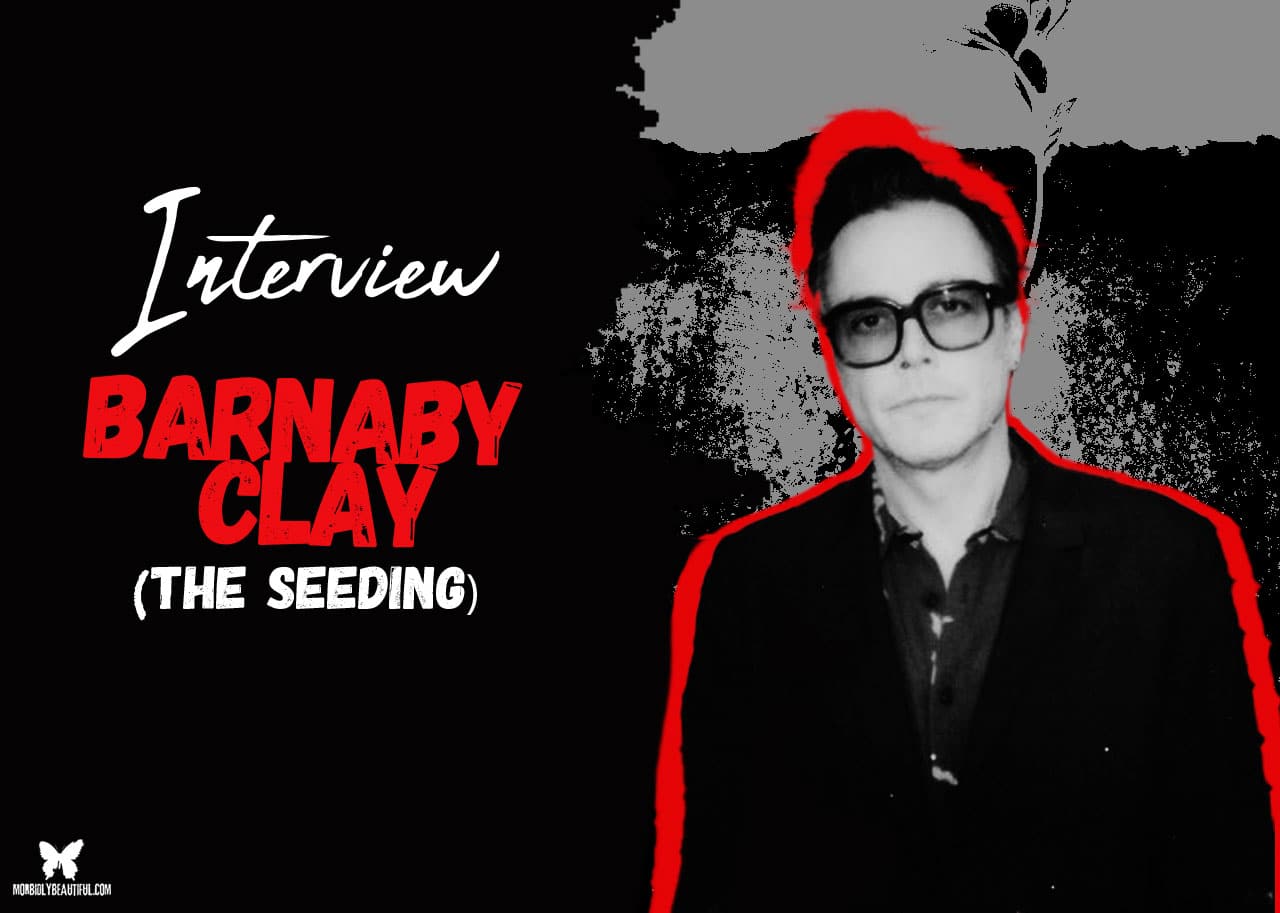
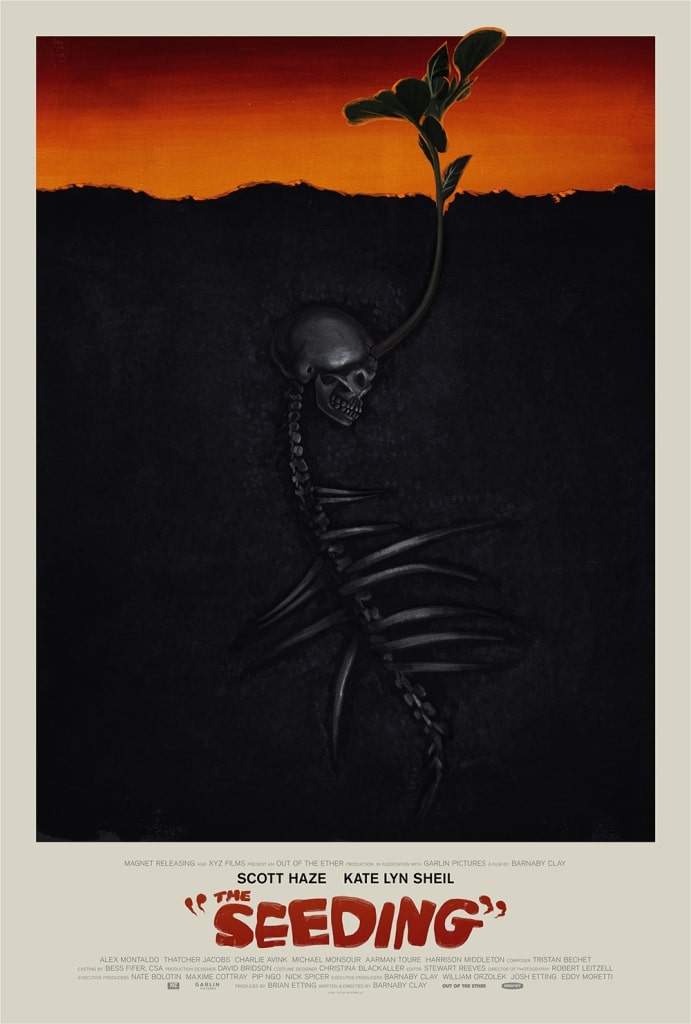

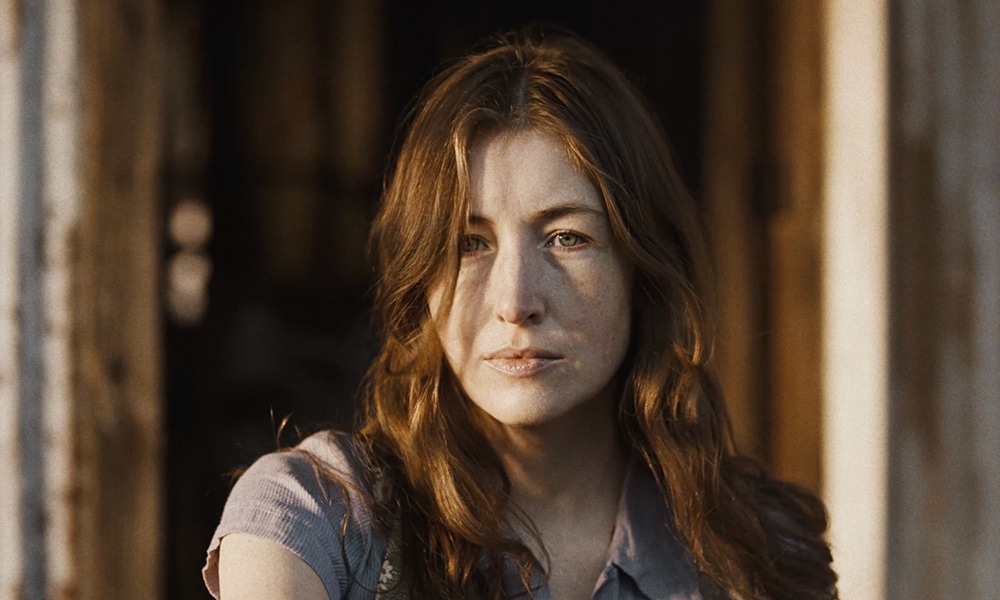

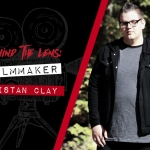

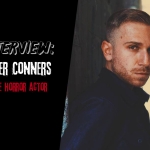
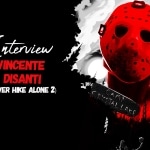








Follow Us!